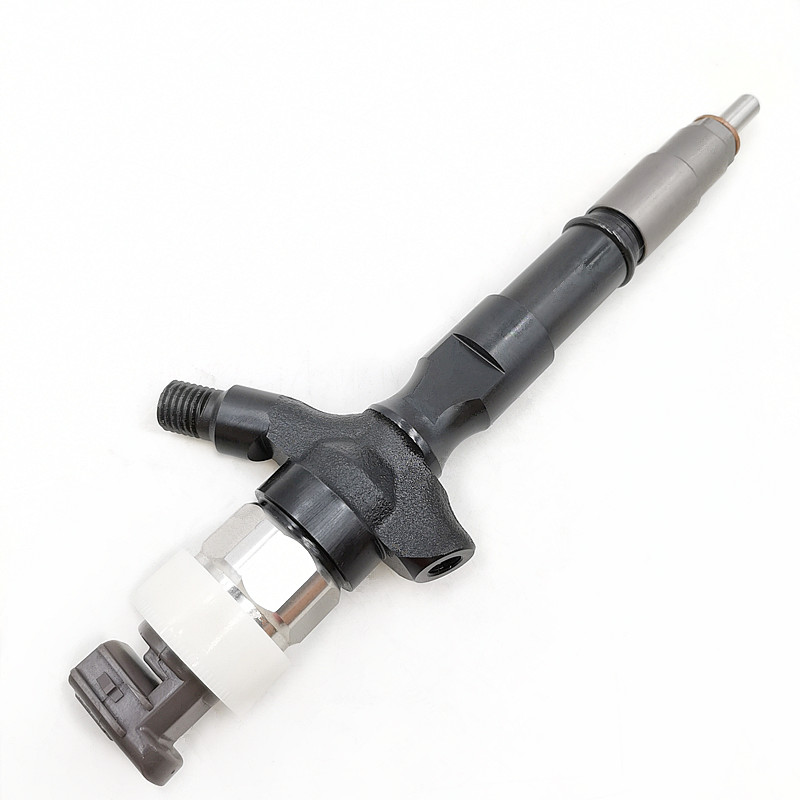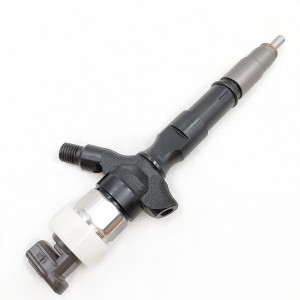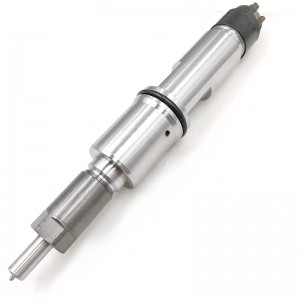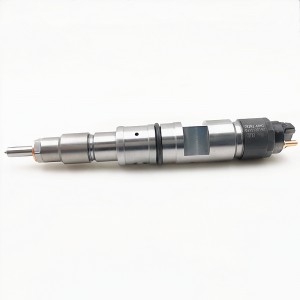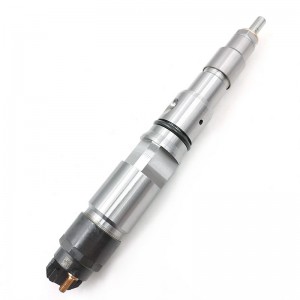Diesel Injector Fuel Injector 095000-5670 23670-30090 23670-39125 Denso Injector for Toyota
products detail
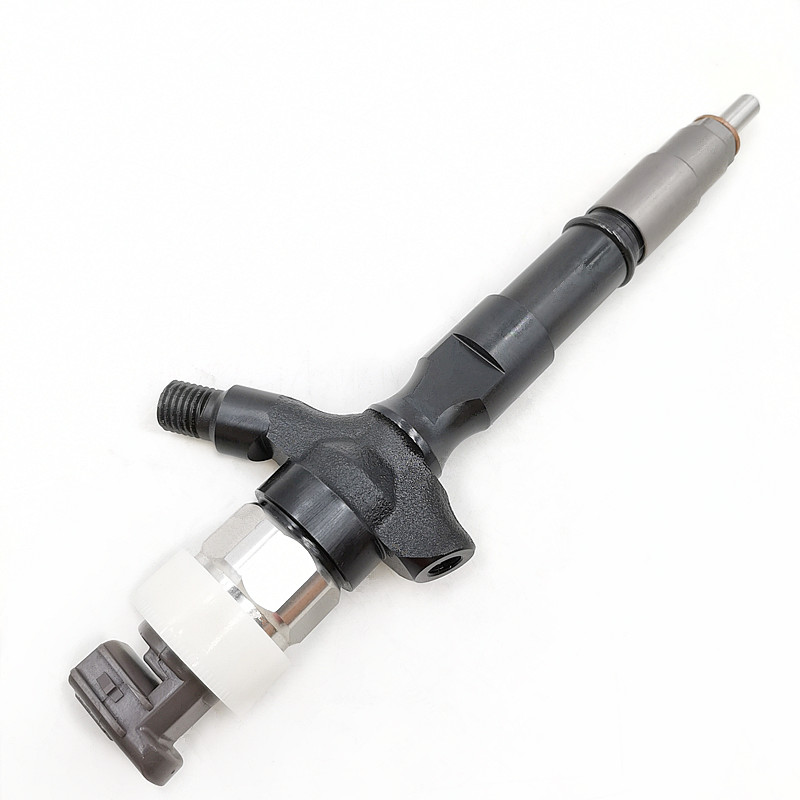
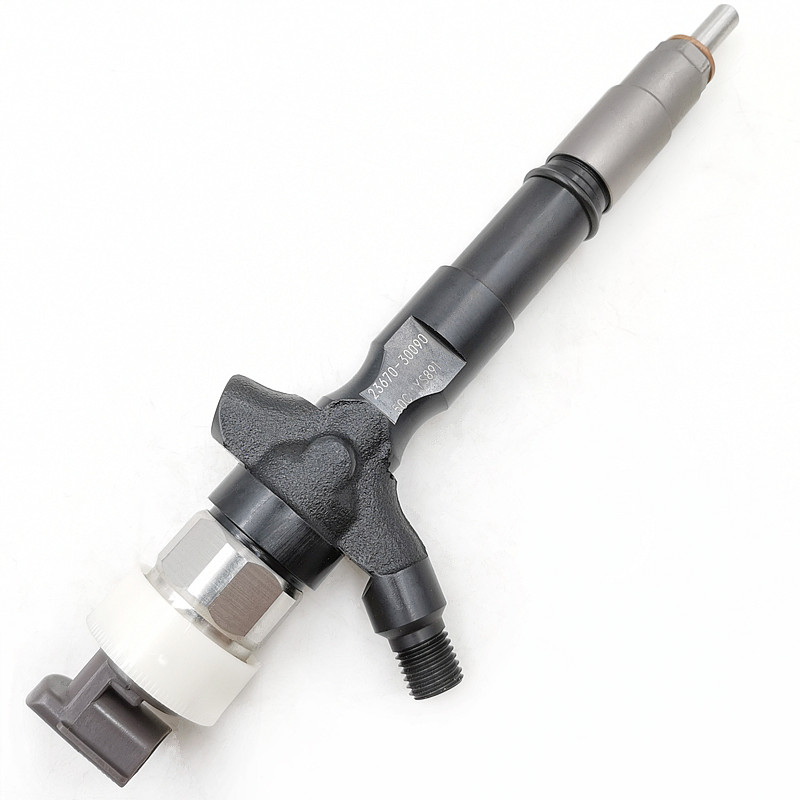
Used in Vehicles / Engines
| Product Code | 095000-5670 23670-30090 23670-39125 |
| Engine Model | / |
| Application |
TOYOTA
|
| MOQ | 6 pcs / Negotiated |
| Packaging | White Box Packaging or Customer's Requirement |
| Warranty | 6 months |
| Lead time | 7-15 working days after confirm order |
| Payment | T/T, PAYPAL, as your preference |
Types of Injectors for Direct Injection Gasoline Engines
In-cylinder direct injection technology is very different from port injection technology. For direct-injection gasoline engines, whether it adopts lean combustion under low-load conditions, adopts stratified combustion under medium-load conditions, or adopts the combustion form of equivalence ratio mixture under high-load conditions, the direct-injection gasoline injector The quality of the atomization plays a vital role in the formation of the mixture in the cylinder.
According to the driving mode, the injectors of direct injection gasoline engines can be divided into electromagnetic injectors and piezoelectric crystal injectors. The electromagnetic fuel injector mainly controls the opening and seating of the needle valve by energizing the coil, and the piezoelectric crystal fuel injector mainly uses the inverse piezoelectric effect to control the lift of the shaft needle, so as to realize the opening and closing of the fuel injector. . The main advantages of piezoelectric crystal direct injection gasoline injectors are extremely short fuel injection response time, accurate fuel metering and good repeatability. The Siemens injector can reach the maximum pintle lift within 20us, and the closing time is about 200us. The lift of the pintle can be controlled by controlling the loading voltage of the piezoelectric crystal, so that the fuel injection quantity can be adjusted conveniently under the highest injection pressure condition.
Direct injection gasoline injectors can be divided into swirl type, multi-hole type and outward opening type according to the spray shape. For swirl type injectors, when high-pressure fuel flows through the vortex generator inside the injector, A hollow cone of spray is formed at the injector outlet. The sprayed fuel is under the action of centrifugal force and collides with the surrounding air, so the fuel atomization quality is better. However, the hollow conical structure formed at the outlet of the nozzle is greatly affected by the injection pressure and the ambient back pressure, especially when the back pressure is high. Therefore, when the oil is injected during the intake stroke, due to the small environmental back pressure, the formed spray structure presents a hollow and diffuse conical shape, which is conducive to the process of oil-gas mixing. Better atomization quality is achieved even at lower injection pressures. However, when the oil is injected during the compression stroke, due to the high ambient back pressure, the spray structure shrinks, which is not conducive to the formation of the mixed gas in the cylinder.

